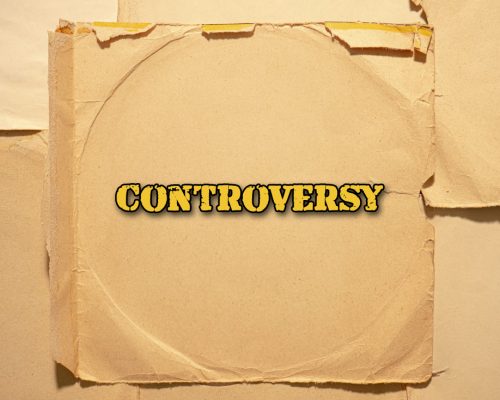We usually hear the terms remake, revival, reboot, and sequel when filmmakers, directors or producers discuss new shows. Knowing the differences may be hard since we often use the terms interchangeably. So how do we differentiate them?
With the Marvel universe, Star Wars franchise, even Netflix and HBO shows, films and series are being massively reintroduced to profit off recognition and captured audiences. Every year, big streaming companies, production houses and distributors create new batches of films using marketing terms such as a franchise’s reboot, revival, remake, or sequel. We know a lot of you want to jump in conversations too and fans should also know the differences of the terms. This guide will come handy.
What Is a Remake?
A remake is a retelling of the original story with different actors, and usually but not always, tweaks or updates the plot. It’s not in the same universe as the original. According to ScreenRant, the tradition of remakes traces back to 1920s, the earliest days of filmmaking. “A remake is most-easily defined as a second pass at a previously told story, a new version of an older film that maintains its basic plot. Remakes can invent entirely new things or stick close to the original work, all depending on the studio and/or creative team involved”, ScreenRant explains.
Examples of Remakes:
- Ocean’s 11- the 2001 film with George Clooney, Brad Pitt and Matt Damon replacing Frank Sinatra, Dean Martin and Sammy Davis Jr. remade the 1960 classic film
- Sweeny Todd- the 2007 remake of Sweeney Todd by director Tim Burton saw gloomy dream team Tim Burton, Johnny Depp and Helena Bonham Carter sing new life to the 1928 original
- King Kong- the original 1933 film probably one of the most remade films to date. Examples of the remakes are: Son of Kong (1933), King Kong vs. Godzilla (1962), King Kong Escape (1967), King Kong Lives (1986) and the upcoming Kong: Skull Island (2017) and Godzilla vs. Kong (date TBC). At this point, we probably have our own favorite ape.
What is a Revival?
A revival is basically a continuation of the same story set even years after the original supposedly took place. “In many cases, these projects are called “revivals” because there was either a concrete ending that came before, or there was little to no expectation among audiences that the series would ever be continued in the future”, ScreenRant explains.
Examples of Revivals:
- That 90s Show- the continuation of the popular That 80s Show stars the same actors Kitty (Debra Jo Rupp) & Red Forman (Kurtwood Smith), now with the addition of the next generation in 1995. Fans are thrilled seeing the sitcom revived with the familiarity and empathy of coming of age and dealing with family and friendships
- Gilmore Girls (A Year in a Life)- the 2016 series revived the beloved early 2000s series. The episodes showcased the usual quirky and heartfelt mother-daughter relationships that fans fell in love with over a decade ago.
What is a Sequel?
While a revival typically revisits the characters or their world some years later, and features occasional references back to events in the original series, a sequel “continues a story from a previous film, taking place in the same continuity and acknowledging that the events of that previous movie occurred”, ScreenRant adds.
Examples of Sequels:
- The Godfother sequels
- The Hunger Games sequels
- Toy Story sequels
What is a Reboot?
A reboot is more of a continuity of an original film, but with various twists and plots too. A film may be rebooted when countless sequels has gone off the rails and twisted the story into something unrecognizable. ScreenRant explains that “A reboot usually refers to a franchise rather than a single film, and involves a story that completely ignores all or some of the series’ previous entries. While certain elements like plot points, characters, or locations might be similar to the older version of the story or series, a rebooted version is usually entirely new with little to no connection to what came before.” To put simply, a reboot will go back to basics (original plot points or locations) but will make alternate elements or even totally different perspective. However, it exists in the same universe as the original.
Examples of Reboots:
- Dawn of the Dead- Snyder rebooted the1978 original of the same name, a follow-up of the latter’s 1968 horror movie Night of the Living Dead.
- The Mummy- the 2017 reboot of the 1932 original aimed to rekindle the charm of its 90s remake starring Brendan Fraser. The 2017 film wanted to start a new franchise in the Mummy universe, but fared low in critic reviews.#



























